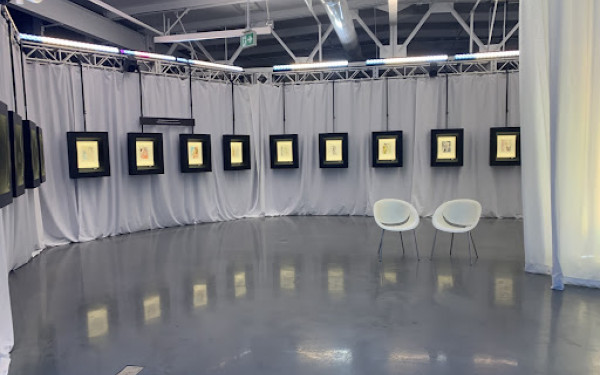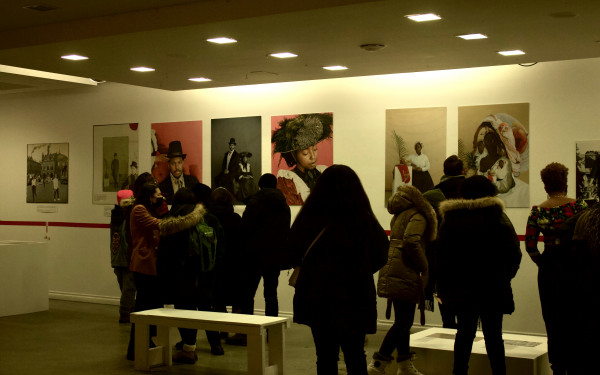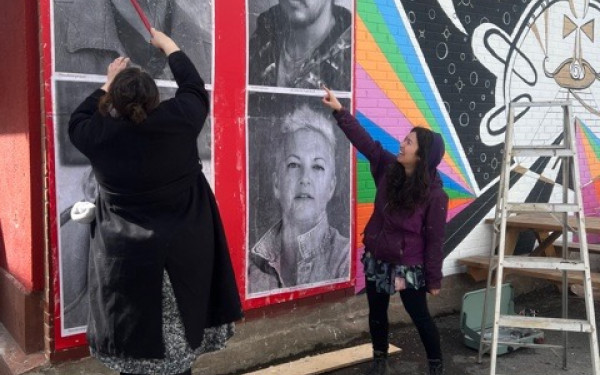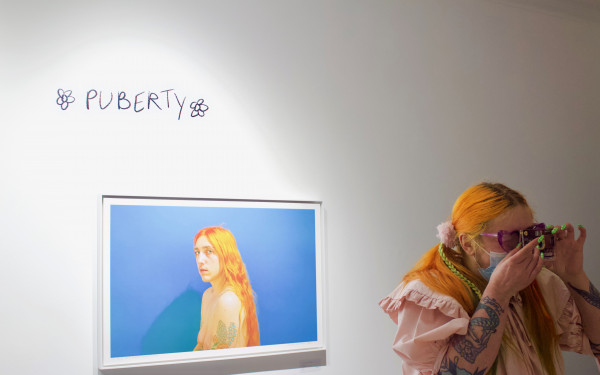Festival Dia de Muertos NDG celebrates a fifth edition of sharing tradition
Non-profit organization PAAL continues to shine a light on Mexican culture
From Oct. 29 to Nov. 7, Montrealers walking in the Notre-Dame-de-Grâce neighbourhood may stumble upon photographs in local shop windows as part of Dia de Muertos NDG.
Presented by the non-profit organization Paix, Amour, Amitié, Liberté, the festival aims to create a sense of reflection surrounding the cycle of life and death through the Mexican tradition of the Day of the Dead.
The festival features a collection of videos, a film screening, workshops, music, poetry, and more. As the seasons begin to shift, the Mexican tradition comes to Montreal at a time that is historically meant for both mourning and giving thanks.
“It’s a moment of nature when everything is going to sleep, or many things will die, and we’re going into the dark season. It’s the moment to say thanks for the harvest, it’s a way to connect, to mourn, or to give thanks,” said the co-curator of the exhibition Yaen Tijerina.
“We highlight this part of the year's cycle, celebrate transformation, and honour the path that was laid by our ancestors and the roots that sustain us to this day,” she wrote in a statement about the festival.
Founded in 2016, PAAL has an aim to create an understanding between cultures and traditions through art.
“Being Mexican here in Canada and being a father, [...] I was wondering how people can better integrate into a society,” said artistic director and co-founder of PAAL Rafael Benitez. “I found that by discovering your own roots it gives you tools to approach other cultures and these tools must be presented more in an artistic way.”
“We really wanted to do it for other Mexican immigrant families,” said Benitez about why he initially decided to create PAAL.
“I feel very grateful with [Montreal’s] openness to give us the space to share this tradition and it’s very honouring.” — Yaen Tijerina
Since its creation, PAAL has seen exponential growth and continues to serve the NDG community.
“The impact has grown. More people are willing to discover us and we also have the chance to get funding from federal and local programs and administrations, as well as have donations from private foundations,” said Benitez.
The growth in the organization was evident in the first few years when the number of daily participants attending Dia de Muertos NDG jumped from 300 in 2017 to 1,500 in 2019.
Since the pandemic, PAAL has been working towards making the festival as accessible as possible, something that inspired displaying the photographs in shop windows. Sharing the traditions of the Day of the Dead is at the forefront of the festival’s mission.
Read more: Extension for ‘DIVINA DALÍ’ comes after a flood of interest in the exhibition
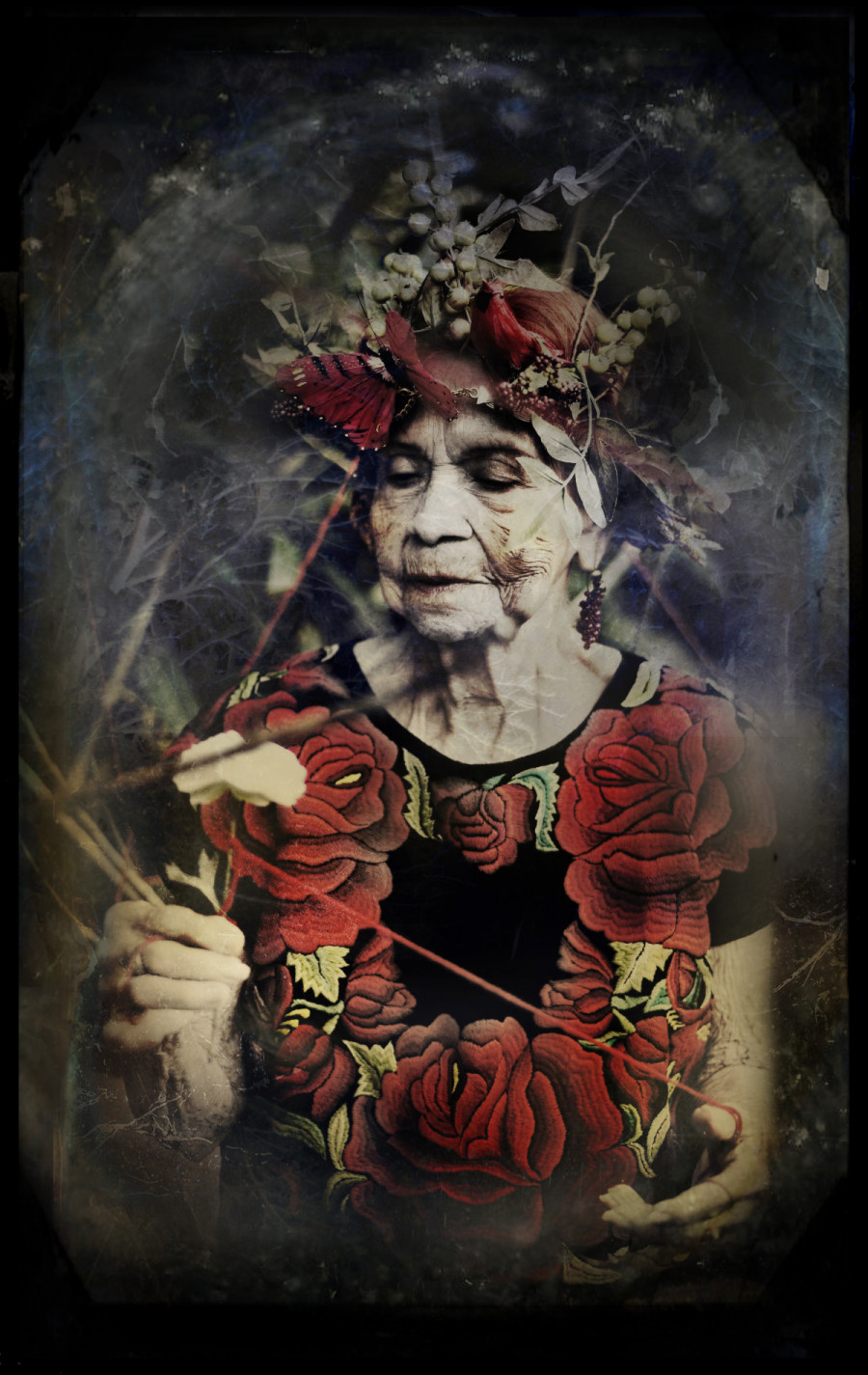
“We really want to bring an understanding of life and death with the voices of our ancestors, and if people feel better and cope better with death, life, and mourning thanks to a tradition, I am positive our ancestors would be happy,” said Benitez.
The photographs featured in the festival's exhibition all surround the themes of transformation, the cycle of life, ancestry, and roots. Featured artists must be able to understand the concepts of the life and death cycle, which are pretty open concepts, Benitez explained, but they must also be able to represent it through tradition. PAAL seeks to showcase well-known and respected artists, but also artists who are not regularly featured in galleries and are difficult to discover.
Tijerina happens to be one of the artists featured in this year's edition of Dia de Muertos NDG. Her photograph, located in Café 92 on Sherbrooke St. W. captures the image of her grandmother. While Tijerina is mostly an artist focused on self-portraiture, she took the photograph in her grandmother’s home in Mexico where she used to work. After taking the photograph, Tijerina found her grandmother's portrait captured the exact concept she was trying to achieve; the cycle of life and death. This theme, Tijerina explained, appears in traditional tales through an old woman or a group of women, depending on the story. She found her grandmother embodied this type of charcater in the image.
“I feel very grateful with [Montreal’s] openness to give us the space to share this tradition and it’s very honouring. We celebrate this way and we like to share it with anyone who'd like to approach,” said Tijerina. “I feel happy, honoured, and very humbled. This is not something we made, it’s an ancestral knowledge we are sharing.”
The map to visit the photographs and more information on the festival can found on PAAL’s website.

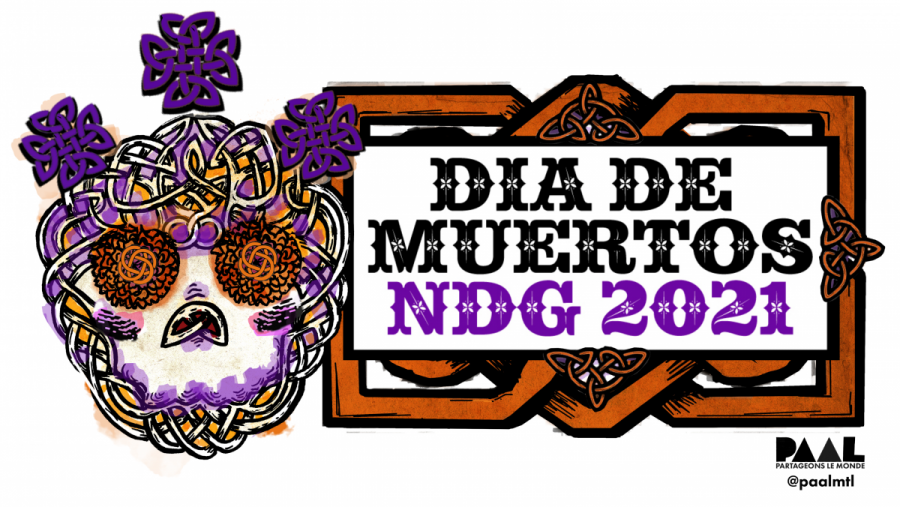
_600_832_s.png)

